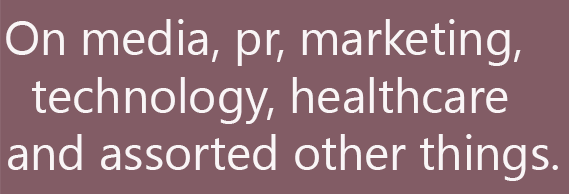
Even as a telecommuter, I still need to get out of the house once in a while — so on a rainy Monday morning, I hop on a bus to my favorite coffee shop and cue up the latest episode of Pod Save America. Despite my Spotify Premium account and several other avenues of entertainment preloaded onto my phone, I find myself turning to informative podcasts more and more, and I’m not alone.
Podcasts are bigger than ever, with popular ones like Serial, This American Life, TED Radio Hour, Radiolab, and more informing the lives of people all over the country. The more sensational podcasts, like Serial, had people sharing frantically sharing theories over morning coffee, and live tapings of quiz shows like NPR’s Wait, Wait, Don’t Tell Me! regularly pack sold-out houses. The numbers don’t lie – 21% of Americans listened to podcasts on a monthly basis in 2016, and the fact is, marketing professionals can use this avenue to reach new audiences, engage new potential clients, and promote their brand as widely as possible.
Here are two examples of prominent companies effectively using podcasts: In 2015 Chicago technology company Basecamp launched a podcast called “The Distance” to tell stories about businesses that have lasted for at least 25 years. Their podcast reinforced their commitment to longevity, telling stories of businesses that embody it. Goldman Sachs launched its bi-weekly podcast Exchanges in late 2014, which they used as a thought-leadership tool that positioned Goldman’s bankers and analysts as leading experts on topics from Brexit to low carbon technologies to media disruption. Both feature high production value, but content strategies for podcasts are at least as important as production quality or consistency. As Paul Feiner, marketing lead at the education-based content marketing platform The Big Know, told AdWeek, “any marketers doing podcasts just because others are doing them will simply add to the internet wasteland of short-sighted marketing tactics.”
Creating an entertaining yet informative podcast to reach out to listeners can be one of the most effective forms of marketing available, yet very few businesses are taking advantage of this form of marketing. I can’t necessarily understand why this is — providing a fun way to pass on your marketing message seems like a slam dunk, right? There’s no amount of money necessarily required; they’re time-efficient and can be streamed while working or commuting; they’re convenient and easy to find, download and consume; and ultimately and most importantly, they feel more personal. Rather than a mass email, a podcast feels like a chat with a friend, which will draw in a larger audience than a newsletter or, really, even a blog post. (Should I be taking my own advice? Probably.)
Perhaps the key to using a podcast is to mask marketing as a learning experience, as this is why many people turn to podcasts in the first place. Popular podcasts like Stuff You Missed in History Class are helping people learn about historical events and engage them with cool new facts, so if your brand’s podcast can find a fun, entertaining spin on the content you want to promote, lean into it! Don’t be afraid to make jokes, use personal stories, or come up with a framework that keeps audiences engaged, as it will only work to your benefit. Consider adding podcasts to your communications mix.








Leave a Reply